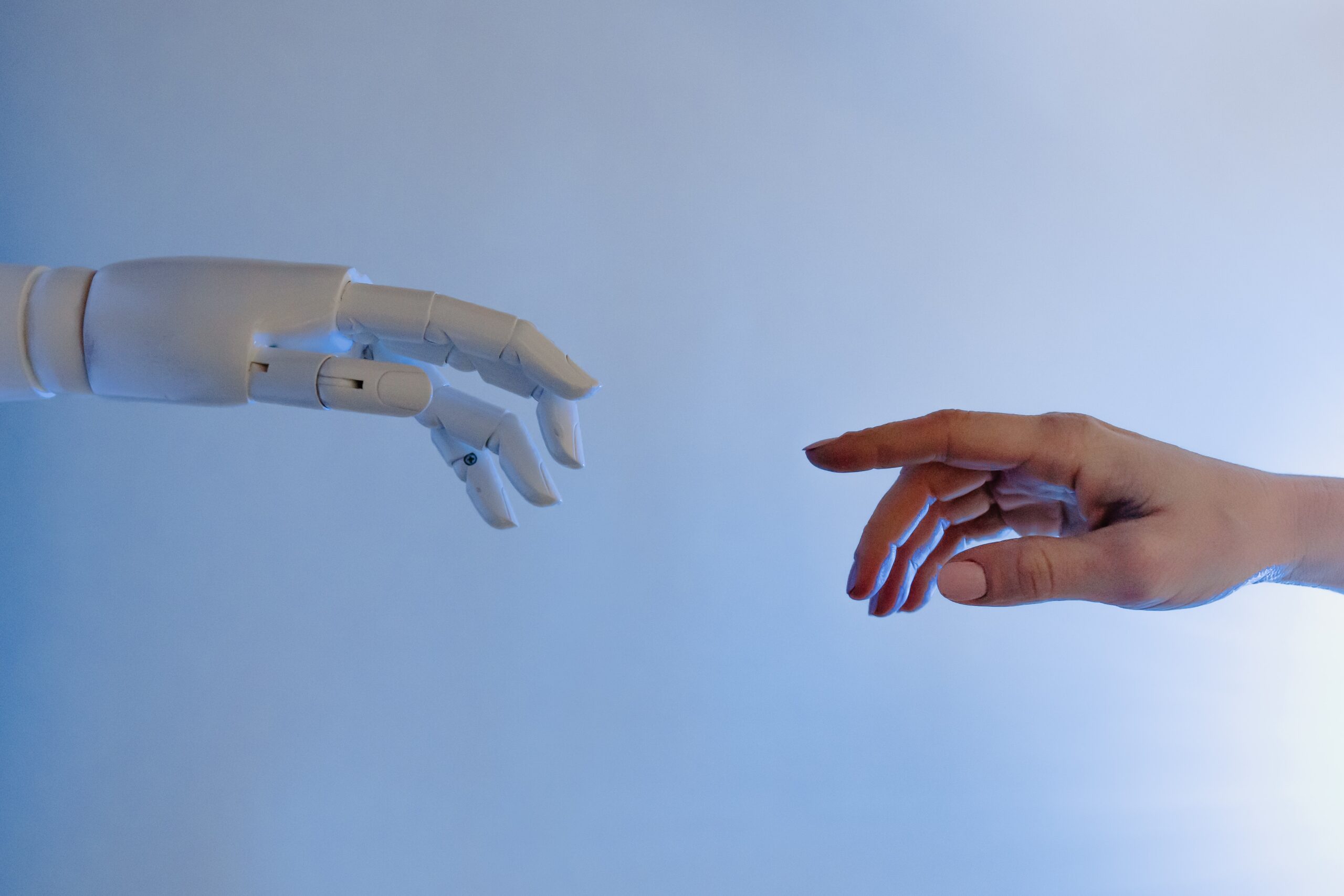How Neural Networks are Reshaping the Art World
One of the most significant results of human culture has always been the production of works of fine art. It has given individuals the ability to express themselves and convey their tales for many ages.
Paintings were originally discovered in caves, followed by paintings done in...

One of the most significant results of human culture has always been the production of works of fine art. It has given individuals the ability to express themselves and convey their tales for many ages.
Paintings were originally discovered in caves, followed by paintings done in oils, and finally photographs. Now is the time for “pictorial” artificial intelligence, and neural networks in particular, as this era has finally arrived.
A Brief History of Art Created by AI
The development of computer graphics and the first computer both played important roles in the evolution of art that was produced by artificial intelligence. After then, the researchers employed fundamental algorithms to produce elementary patterns and forms.
Frieder Nacke, a German mathematician and scientist, created a portfolio that he dubbed Matrix Multiplications in 1967. The portfolio included a total of 12 photographs. He began by constructing a square matrix, which he subsequently filled with numbers that were successively multiplied by themselves.
The researcher did a translation of the data that were collected into images that were divided into specific intervals. Each value was given a visual indicator that was of a certain form and color. After that, he positioned each figure in the raster such that it corresponded to the appropriate value in the matrix.
When working on his projects, Nake frequently made use of a random number generator and almost certainly automated some aspects of the multiplication process.
In 1973, the artist Harold Cohen invented the AARON algorithm suite, which was able to draw some items freehand and was capable of creating any number of other complex shapes. He discovered that the system started producing forms that had never been seen before.
The computer software initially produced abstract paintings, but with time it learnt to sketch increasingly complicated subjects, such as plants, rocks, and even people.
Since 1990, academics and artists have been employing AI models in robotics, teaching computers how to make paintings and sculptures. This field of study is known as artificial intelligence (AI).
DeepDream is a computer vision program that was developed in 2015 by a Google employee by the name of Alexander Mordvintsev. This program makes use of a convolutional neural network to detect and improve patterns in images by employing algorithmic pareidolia.
The basic idea behind how the system works is to warp the original picture in such a way that the result is determined by whatever parts of it most closely resemble the representation of well-known things.
After Google disclosed the methodology and made the algorithm’s source code publicly available, a plethora of applications and services entered the market that made it possible for anybody to convert their photographs into “psychedelic” looking pictures.
Are Artists at Risk of Being Replaced by Neural Networks?
Once upon a time, photography was regarded as an emerging form of creative expression and trend. After almost two centuries of existence, technology has not eliminated the need for artists and artists; rather, it has compelled artists and artists to evolve and adapt.
The result was the birth of a new generation of innovative individuals. Artists and photographers started collaborating on projects to produce works that were able to startle, attract, and provoke ideas about what constitutes beauty.
Art, in whatever shape it takes, has the power to move people emotionally. In addition, there is a lot of room for innovative aesthetic facets that can elicit feelings that haven’t been experienced before.
The developers of generative AI will not be able to eradicate traditional modes of creative expression; nevertheless, they will be able to slightly alter them.
It is anticipated that tools such as DALL-E 2, Stable Diffusion, and Midjourney will continue to develop into extremely powerful art engines that will assist artists in finishing their work.
People will be able to frequently use technology to both inspire them and broaden the ideological possibilities available to them if adequate neural networks continue to be developed on a consistent basis.
